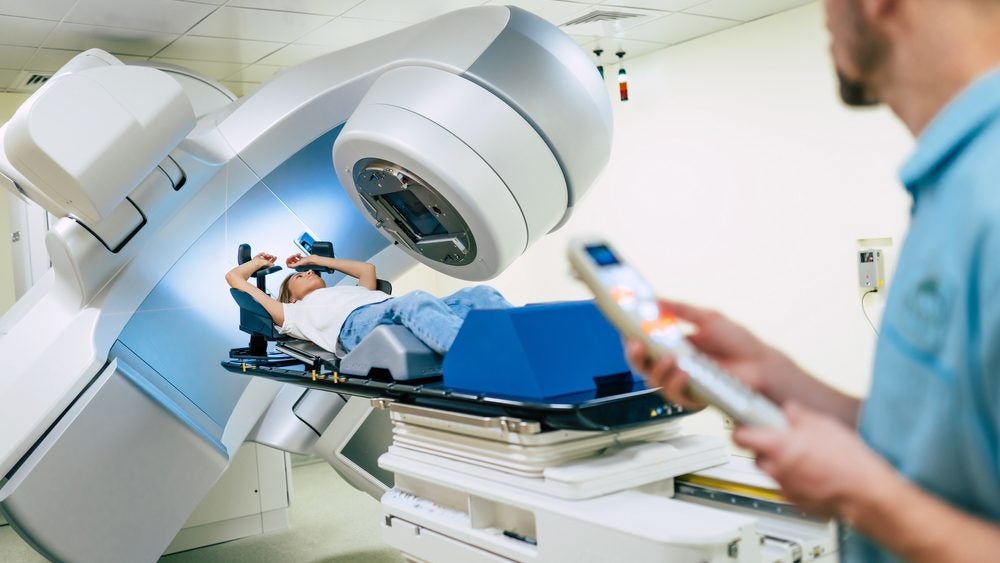NeuroPace has filed a patent for an implantable medical device designed to be placed in a hole in the cranium. The device includes a can with an electrical-contact pad and a recessed portion that lies beneath the bone table. It also features a cover assembly with ports for lead connectors and a strain relief system with lower and upper strain reliefs. The patent aims to protect the unique design and functionality of the device. GlobalData’s report on NeuroPace gives a 360-degree view of the company including its patenting strategy. Buy the report here.
According to GlobalData’s company profile on NeuroPace, electrical stimulation wearables was a key innovation area identified from patents. NeuroPace's grant share as of September 2023 was 80%. Grant share is based on the ratio of number of grants to total number of patents.
Implantable medical device for cranial hole with strain relief
A recently filed patent (Publication Number: US20230277858A1) describes an implantable medical device designed to be placed in a hole in a patient's cranium. The device includes a can with an electrical-contact pad and a recessed portion that lies beneath the bone table when implanted. A cover assembly with multiple ports is used to connect leads to the device. The patent also introduces a strain relief system consisting of a lower strain relief with channels to accommodate the leads and an upper strain relief to cover these channels.
The lower strain relief in the device includes curved portions that extend from the upper surface of the recessed portion to the bone table. It also has a linear portion that extends beyond the perimeter edge of the can. The upper strain relief is designed to mechanically couple and decouple from the cover assembly, the lower strain relief, or both. This allows for flexibility in the device's assembly and disassembly.
In another embodiment of the device, the upper strain relief is configured to mechanically couple to multiple leads, as well as mechanically couple and decouple from the cover assembly and/or the lower strain relief. This provides additional versatility in the device's usage.
Overall, the patent presents an implantable medical device with a unique strain relief system that allows for easy assembly and disassembly. The device's design ensures secure and reliable connections between the leads and the electrical-contact pad. The strain relief system provides flexibility and adaptability, making the device suitable for various applications in the field of medical implants.
To know more about GlobalData’s detailed insights on NeuroPace, buy the report here.
Premium Insights
From

The gold standard of business intelligence.
Blending expert knowledge with cutting-edge technology, GlobalData’s unrivalled proprietary data will enable you to decode what’s happening in your market. You can make better informed decisions and gain a future-proof advantage over your competitors.







